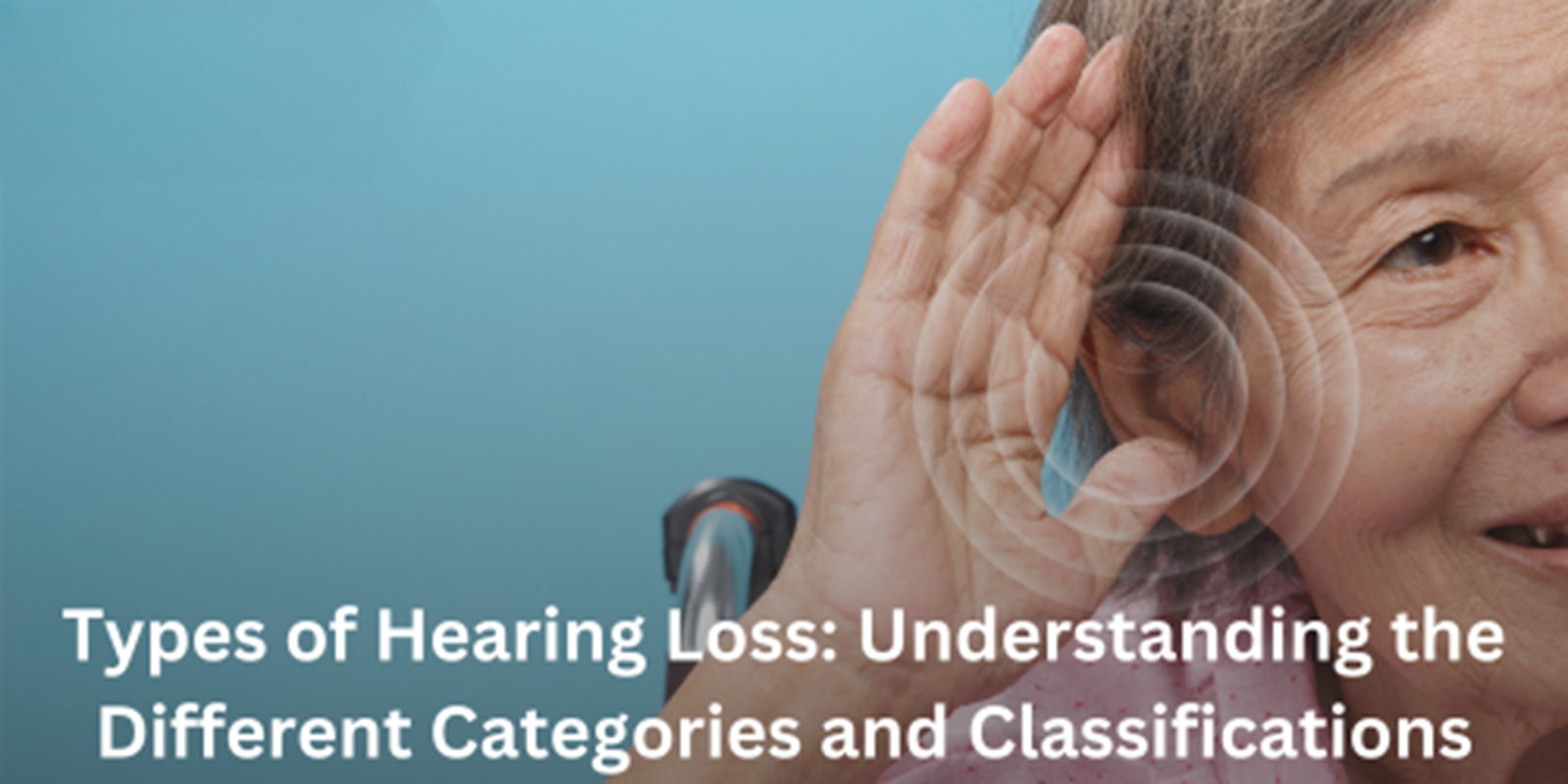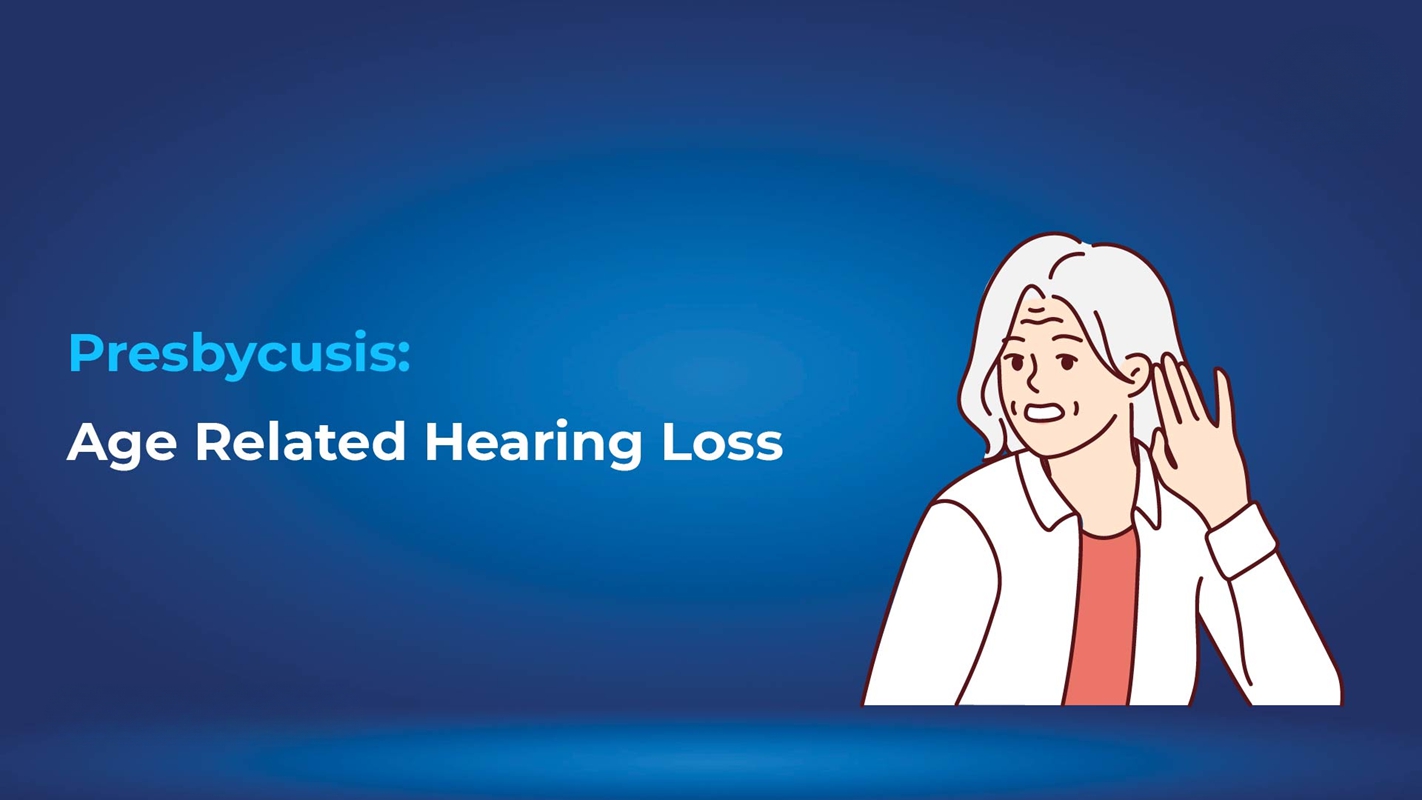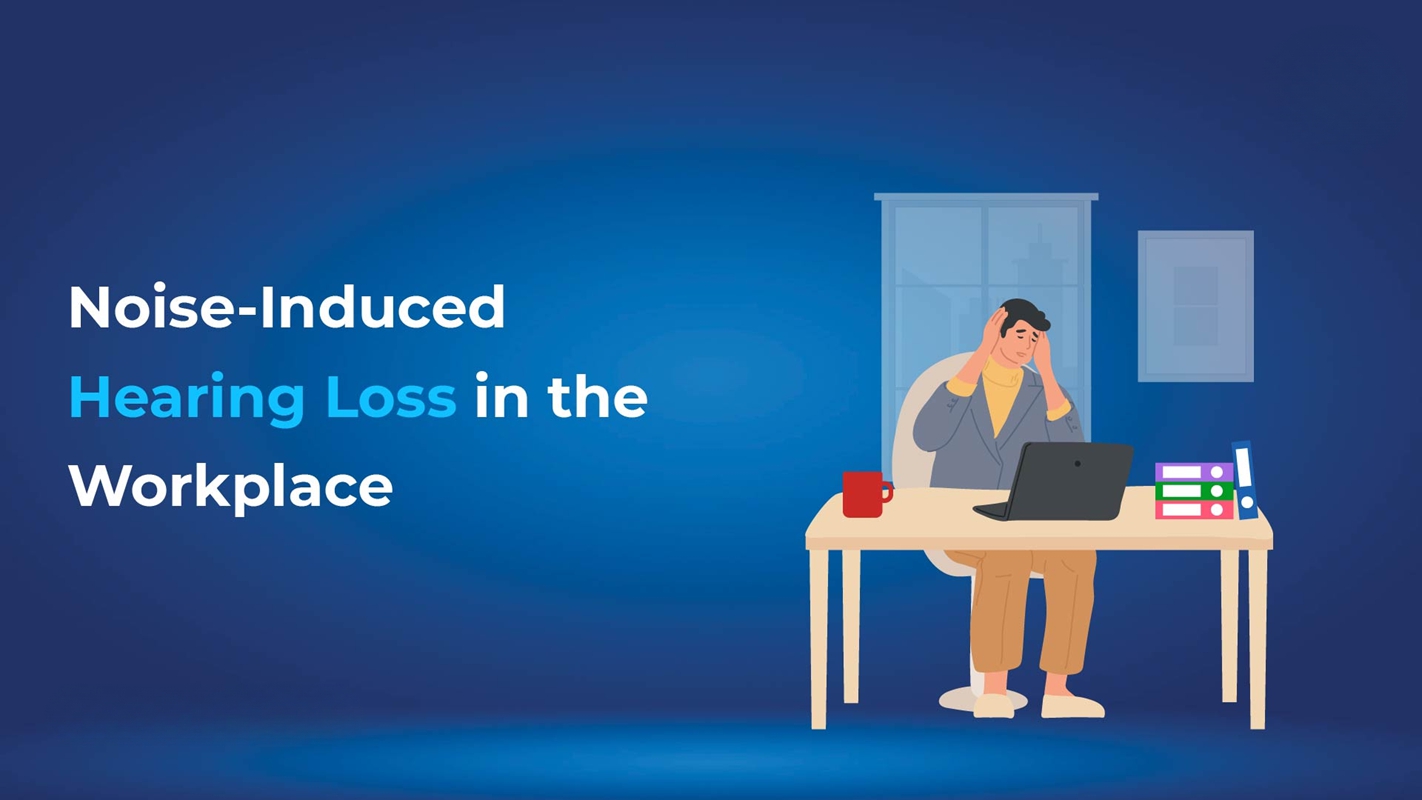Hearing is one of our most important senses. It helps us communicate, enjoy sounds, and stay connected with the world. But when hearing problems arise, they can affect our personal, social, and professional lives.
Understanding the types of hearing loss is the first step toward finding the right solution. This blog will cover the various types of hearing loss, along with their causes, symptoms, and available treatment options.
What Is Hearing Loss?
Hearing loss means a person has reduced ability to hear sounds. Hearing loss can impact one ear or both and may vary in intensity from mild to severe. As reported by the World Health Organisation (WHO), more than 430 million people globally live with disabling levels of hearing impairment.
Common Hearing Loss Symptoms:
- Trouble hearing in noisy places
- Asking people to repeat themselves
- Turning up the TV or phone volume
- Difficulty understanding speech clearly
- Feeling like others are mumbling
The Four Main Types of Hearing Loss
Sensorineural Hearing Loss
This form of hearing loss is the most prevalent. It happens due to damage in the inner ear (cochlea) or the auditory nerve, which disrupts the transmission of sound signals to the brain.
Causes:
- Ageing (presbycusis)
- Exposure to loud noises
- Head trauma
- Certain medications (ototoxic drugs)
Key Points:
- Usually permanent
- Hearing aids can help
- May affect one or both ears
Conductive Hearing Loss
This type happens when sound cannot pass through the outer or middle ear. It is often caused by a blockage or damage in the ear canal or eardrum.
Causes:
- Earwax buildup
- Fluid in the middle ear
- Ear infections
- Perforated eardrum
- Bone growth in the middle ear
Key Points:
- Often treatable
- Medical or surgical treatment may help
- Hearing aids might be used if permanent
Mixed Hearing Loss
Mixed hearing loss, as the term implies, is a blend of both sensorineural and conductive hearing loss. It means there is damage in both the inner and outer/middle ear.
Causes:
- Head trauma
- Chronic ear infections
- Genetic conditions
Key Points:
- Treatment may require both medical and hearing aid solutions
Auditory Neuropathy Spectrum Disorder (ANSD)
In this condition, the inner ear detects sound, but the brain has trouble understanding it due to signal transmission issues.
Causes:
- Premature birth
- Genetic disorders
- Neurological conditions
Key Points:
- Often diagnosed in infants
- Requires special hearing management
Other Classifications of Hearing Loss
Based on Severity
Severity Level | Hearing Range (in dB) | Description |
Mild | 26–40 dB | Trouble hearing soft sounds |
Moderate | 41–55 dB | Trouble hearing regular conversations |
Moderately Severe | 56–70 dB | Very limited hearing in daily settings |
Severe | 71–90 dB | Can hear only loud sounds |
Profound | 91+ dB | Cannot hear even loud sounds |
Based on Frequency
Some people lose hearing in specific sound ranges.
High-Frequency Hearing Loss:
- Trouble hearing “s,” “sh,” “f,” and children’s voices
- Common in noise-induced or age-related hearing loss
Low-Frequency Hearing Loss:
- Trouble hearing deep voices, bass music, or thunder
- It can affect communication in group settings
Based on Onset and Duration
Sudden Hearing Loss
- Occurs suddenly, typically within a few hours or days.
- Possible causes include infections, physical trauma, or circulation-related issues.
Gradual Hearing Loss
- Develops slowly over time
- Most common in ageing and long-term noise exposure
Fluctuating Hearing Loss:
- Fluctuating hearing loss refers to a condition where your hearing levels vary, improving or worsening at different times. It’s often linked to conditions like Meniere’s disease or fluid buildup in the middle ear.
Common Causes of Hearing Loss
- Ageing: Gradual deterioration of inner ear cells due to natural ageing processes.
- Loud Noises: Repeated or sudden exposure to loud sounds
- Infections: Middle or inner ear infections
- Genetics: Family history of hearing loss
- Medications: Some drugs harm hearing (e.g., chemo drugs)
- Head Injuries: Trauma can damage the hearing structures
How to Identify and Calculate Hearing Loss
An audiologist or hearing care professional uses different tools to test hearing:
Common Hearing Tests:
- Pure Tone Audiometry: Measures hearing at different pitches and volumes
- Speech Testing: Assesses ability to hear and repeat spoken words
- Tympanometry: Checks middle ear movement
Hearing loss is calculated by averaging the hearing thresholds at key frequencies (500, 1000, 2000 Hz).
Learn more: How to calculate hearing loss If you’re confused about your results, consult an audiologist.
Signs and Symptoms to Watch For
If you’re concerned about hearing loss symptoms, watch for the following common signs:
- Difficulty hearing soft or distant sounds
- Misunderstanding conversations
- Ringing in the ears (tinnitus)
- Frequently asking others to repeat themselves
- Withdrawing from social situations
Treatment Options by Type
Sensorineural Hearing Loss:
- Hearing aids
- Cochlear implants
- Lip-reading training
Conductive Hearing Loss:
- Medication (for infections)
- Surgery (for eardrum repair or bone reconstruction)
- Removal of blockages
Mixed Hearing Loss:
- Combination of medical and hearing aid treatments
ANSD:
- Hearing aids or cochlear implants (based on severity)
- Specialised speech therapy
When to See a Hearing Specialist
If you notice any hearing difficulties, see an audiologist for a complete check-up. Early diagnosis can prevent further damage and help maintain your quality of life.
A specialist can:
- Run detailed hearing tests
- Explain the type and severity of your hearing loss
- Recommend the best treatment plan
Conclusion
Understanding the types of hearing loss helps individuals take the right steps to manage their hearing health. Whether it is low-frequency hearing loss, fluctuating hearing loss, or any other kind, early diagnosis and treatment can improve communication, confidence, and daily living.
Don’t wait to act. If you or someone close to you is experiencing symptoms of hearing loss, it’s important to visit a hearing specialist and get a hearing evaluation as soon as possible.
















